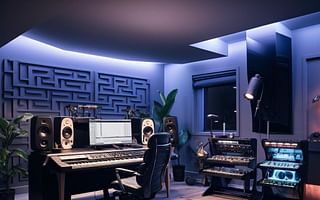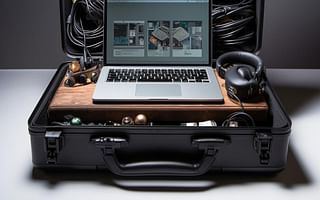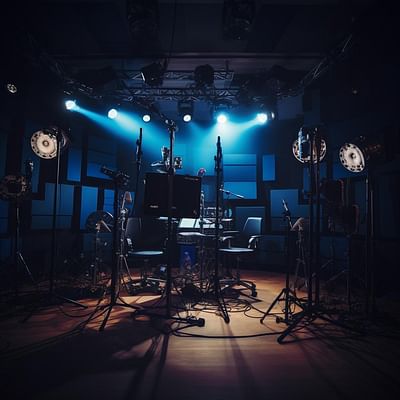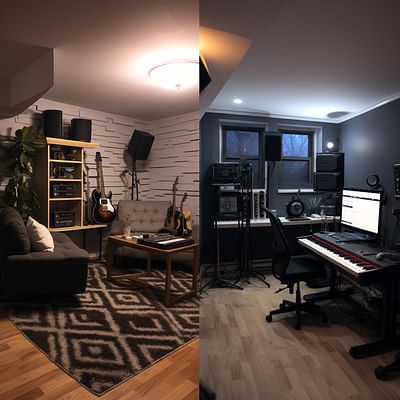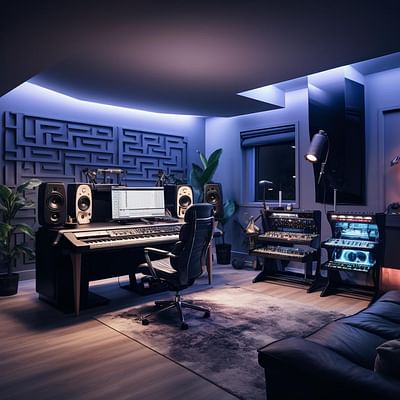🎥 Understanding Studio Lighting: Test Your Knowledge 🌟
Understanding Studio Lighting
Test your knowledge about the aesthetics of recording studio lighting.
Are you ready to take your home recording studio to the next level? One essential aspect that often gets overlooked is studio lighting. Understanding the aesthetics of recording studio lighting can greatly enhance your recording experience and productivity. Let's test your knowledge with this interactive quiz!
Good lighting is crucial in a recording studio for several reasons. Firstly, it sets the mood and impacts productivity. When you have the right lighting, it can create a comfortable and inspiring environment, allowing you to focus and be more creative. Additionally, good lighting helps in sound recording by ensuring that you can see all the necessary controls and equipment clearly.
Now, let's talk about the different types of studio lighting. There are three main types: ambient, task, and accent lighting. Ambient lighting provides overall illumination and sets the general lighting tone in the studio. Task lighting is more focused and is used for specific tasks such as reading sheet music or adjusting knobs on equipment. Accent lighting is used to highlight specific areas or objects in the studio, adding depth and visual interest.
Color temperature is another important factor to consider when it comes to studio lighting. It refers to the warmth or coolness of the light. Different color temperatures can change the vibe and feel of the studio. For example, warmer tones can create a cozy and intimate atmosphere, while cooler tones can give a more modern and professional look.
Now, let's get creative! There are various lighting ideas you can explore for your studio. Using LED panels, strip lights, and bulbs can add a unique and dynamic touch to your recording space. These lighting options offer versatility and can be adjusted to suit different moods and recording scenarios. Don't be afraid to experiment and find the lighting setup that works best for you.
Lastly, it's important to know when to replace your studio lights. You should replace them when they start flickering, become too bright, or change color. This ensures that you always have optimal lighting conditions for your recordings and avoids any potential issues that may arise from faulty lights.
Congratulations on completing the quiz! By understanding the aesthetics of recording studio lighting, you are now equipped to create a visually appealing and productive space for your home recording studio. Remember, good lighting sets the stage for great recordings. So, go ahead and explore different lighting options to enhance your studio experience. Happy recording!

